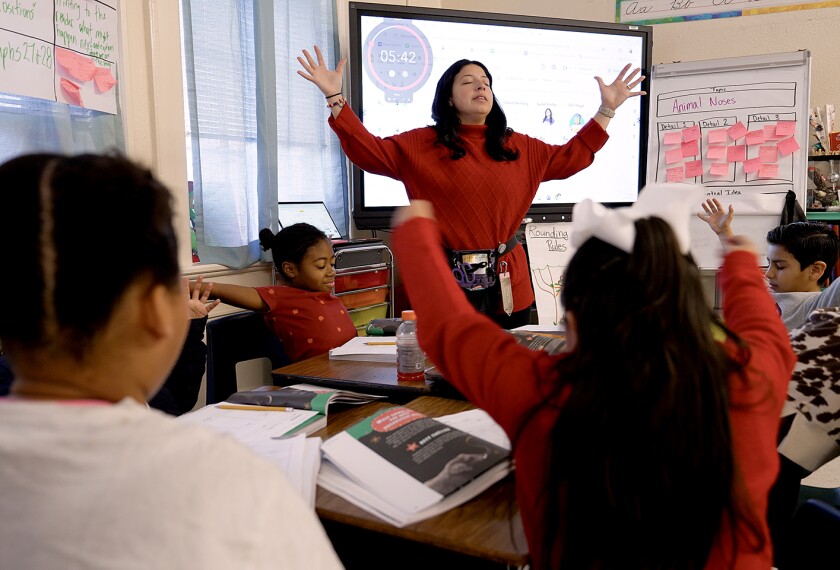“Home should be a paradise…. I’ve always told my kids, I’m like, ‘You should decorate your home like it’s your paradise. However you want it to feel that makes you comfortable. That’s what you have to yourself.’ And I believe that we all need that, because once you go out those doors, you’ve got to face the world and the world can be cruel.” —Kourtney Mills, Potomac Gardens resident
It’s been 50 years since President Lyndon B. Johnson declared a War on Poverty in his State of the Union address, initiating a variety of government programs in an effort to give every American a “fair chance.”
Public housing and rental vouchers were the results of one of these programs, and have given some families and their children a certain level of stability. But as reporter Evie Blad wrote in a newly published article examining these programs, “too many families who qualify for help won’t get it, housing-policy experts say, and children in assisted families still often live in areas of concentrated poverty, which can have negative effects on their education.”
We set out to connect with families living in public housing in the District of Columbia, and talk to them about their own education and that of their children. Potomac Gardens, home to Kourtney Mills and her four children, is a public housing complex in Washington’s Capitol Hill neighborhood that was built a year after President Johnson declared the War on Poverty.














